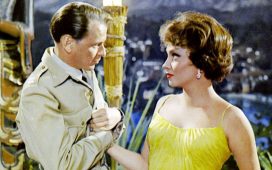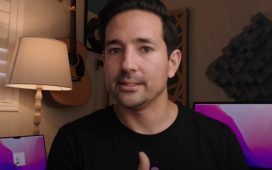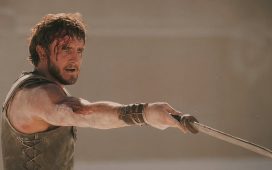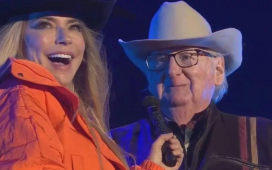The Big Picture
- Star Wars projects have been facing relentless online hate and criticism, impacting performers and creators.
- Modern Star Wars projects have expanded the universe with diverse representation, but also weather backlash in the process.
- The future of Star Wars should be focused on representation and inclusivity, overcoming toxic elements in the fandom.
The internet has never made it easy for people to speak their minds. Convenience of digital connection aside, there have always been online trolls and toxic comments ready to pounce on anyone who dares to bare their authentic self in public life, and the newest round of controversies and unfounded criticisms directed at Star Wars projects demonstrates that the beloved sci-fi franchise is no different. For decades, viewers have been relentlessly attacking Star Wars performers and creators, with the renewed push against TV shows like The Acolyte demonstrating the venom with which a particular set of audience members scrutinize everyone’s favorite galaxy. The vitriol of these persistent voices has subsequently spread throughout the internet, making it feel impossible to say anything positive about Star Wars without turning every discussion into a heated debate.
The unacceptable abuse that Star Wars’ prequel-era actors like Ahmed Best received from fans in the late ’90s and early 2000s has been well-documented, and since then, negative Star Wars voices have only been amplified by the mainstream spread of social media. Leslye Headland‘s groundbreaking series has been relentlessly review-bombed online, causing The Acolyte to possess a huge disparity between its positive critical reception and abysmal audience score on aggregate websites like Rotten Tomatoes. Since the majority of these hate-filled criticisms are either overreactions to alleged continuity errors within the Star Wars universe or backlash aimed at attacking the show’s long-overdue inclusivity, the bad actors spreading them are clearly spinning controversy out of nothing, and this manufactured outrage can be directly traced back to the demographics of the original trilogy.
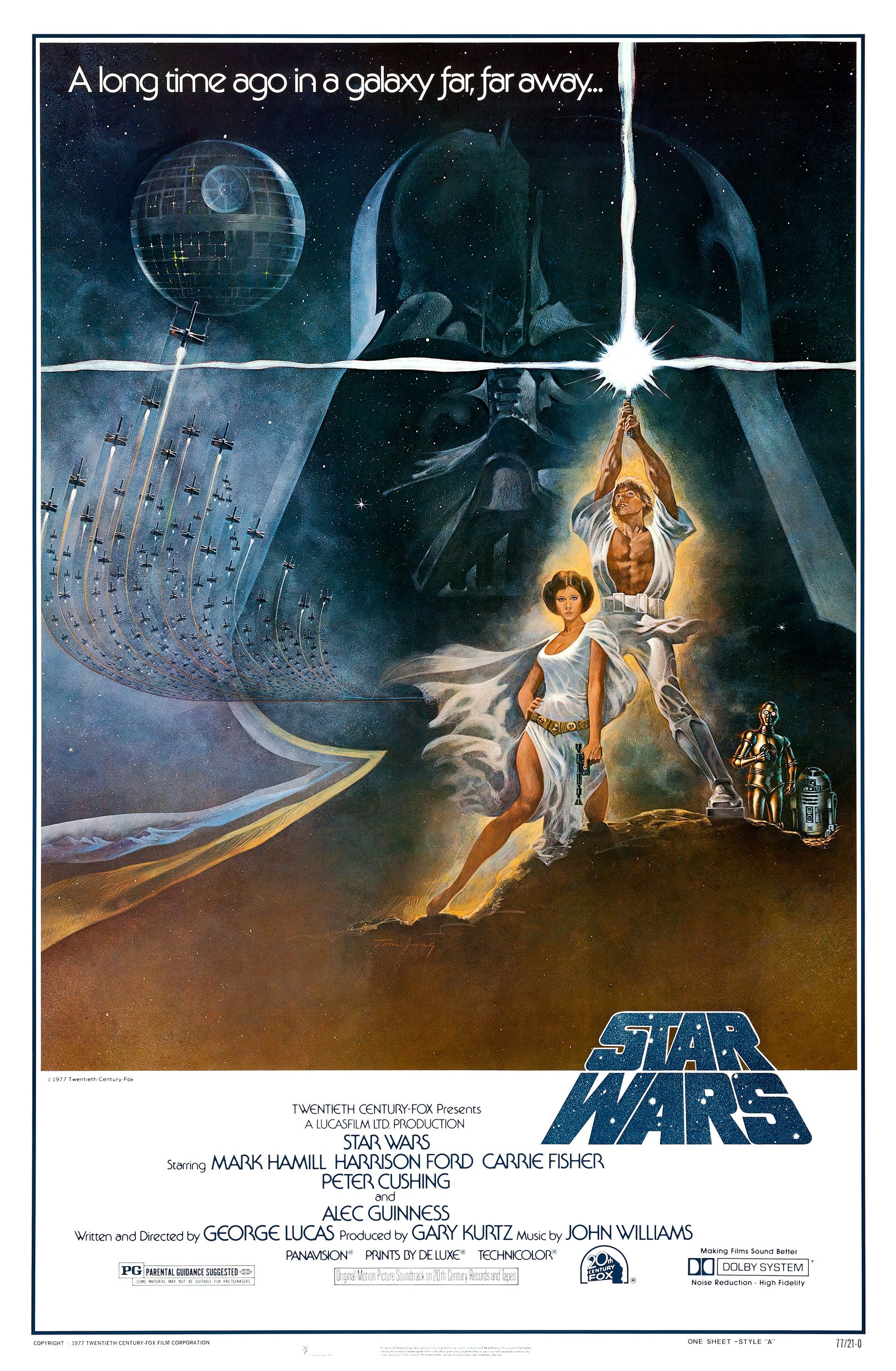
Star Wars
- Created by
- George Lucas
- Latest Film
- Star Wars: Episode IX- The Rise of Skywalker
- First TV Show
- Star Wars The Clone Wars
- Latest TV Show
- The Acolyte
The Original Star Wars Movies Were a Product of a Different Time
Given the franchise’s current popularity, it’s hard to believe there was ever a time when no one on earth had ever watched one of George Lucas’s Star Wars movies. The first film in the original trilogy, originally just titled Star Wars upon its 1977 release, was shown to the public during a decade of classic hits like Steven Spielberg’s Jaws in 1975 and Rocky in 1976. This was a time when Hollywood relied almost exclusively on traditional tropes to tell stories exclusively through a Euro-centric, white male lens. Protagonists were almost always played up as ultra-masculine tough guys, while supporting casts typically consisted of domestic female characters or problematic stereotypes, and as films released during this insulated time period, the original Star Wars movies are often construed as possessing a similarly narrow narrative focus.
Despite taking place in a galaxy far, far away from the filmmaking conventions of Earth, Star Wars’ original trilogy features a mostly white cast, female characters with largely unrealized potential, and no LGBTQ+ storylines depicted onscreen. While powerful female leaders like Mon Mothma and Carrie Fisher‘s iconic Princess Leia are outspoken forces for good in the trilogy, the latter’s relationship with the Force and her father is glossed over in favor of her brother, and Leia’s infamous bikini scene at Jabba’s palace in Star Wars: Return of the Jedi feels like fodder for a generation of male fantasies. Yet, the original trilogy’s premise still feels magical to watch and provided formative memories for many of Star Wars’ older fans, creating such an impact on viewers’ minds that many still consider the first three movies the definitive guide to the Star Wars experience. Unfortunately, this mindset’s reliance on the original trilogy’s outdated aesthetics severely limits the understanding of what a Star Wars story can be.
Modern Star Wars Projects Have Expanded the Universe While Battling Online Hate
In the aftermath of the original trilogy’s popularity, Star Wars broadened its appeal to accommodate an entirely new generation of fans to the franchise. The prequels’ Queen Padmé Amidala (Natalie Portman) made up for the original movies’ oversight by showcasing a powerful, fictional queen whose bravery and political wisdom competed with the likes of Count Dooku (Christopher Lee) and then-Chancellor Palpatine (Ian McDiarmid), and the introduction of Ahsoka (Ashley Eckstein) in 2007’s Star Wars: The Clone Wars gave younger viewers a powerful heroine to grow up with. Increased efforts at telling diverse Star Wars stories came when Disney purchased Lucasfilm in 2012, though many of the Mouse House’s Star Wars releases have been marred by online hate.
While Disney did make some decisions that caused legitimate controversy within the Star Wars fandom, such as removing the beloved Legends continuity from canon, many alleged controversies of this time period unfolded because problematic Star Wars viewers chose outrage over trying to understand change. The narrative quality of Disney’s Sequel trilogy aside, the movies’ progressive decision to hire Daisy Ridley as Rey and John Boyega as Finn marked important firsts for the franchise’s leads. Yet, these casting decisions also resulted in constant online harassment for both actors in the aftermath of their performances, with many detractors trying to drag Star Wars back to a less inclusive past.
Flash forward to The Last Jedi’s release in 2017, and this online hate reached a fever pitch. Kelly Marie Tran‘s heartwarming performance as Rose Tico drew the ire of a racist internet horde, causing Tran to quit Instagram in order to look out for her mental health. Disney, admittedly, did not handle the backlash well. Not only did the final film in the sequel trilogy, 2019’s The Rise of Skywalker, greatly reduce Rose’s screentime, but the brief lesbian kiss featured in the background at the very end of the movie felt disappointing for audience members who waited so long for sincere queer storylines. In this instance, it felt like the most vocal opponents of the sequels’ central performances had won.
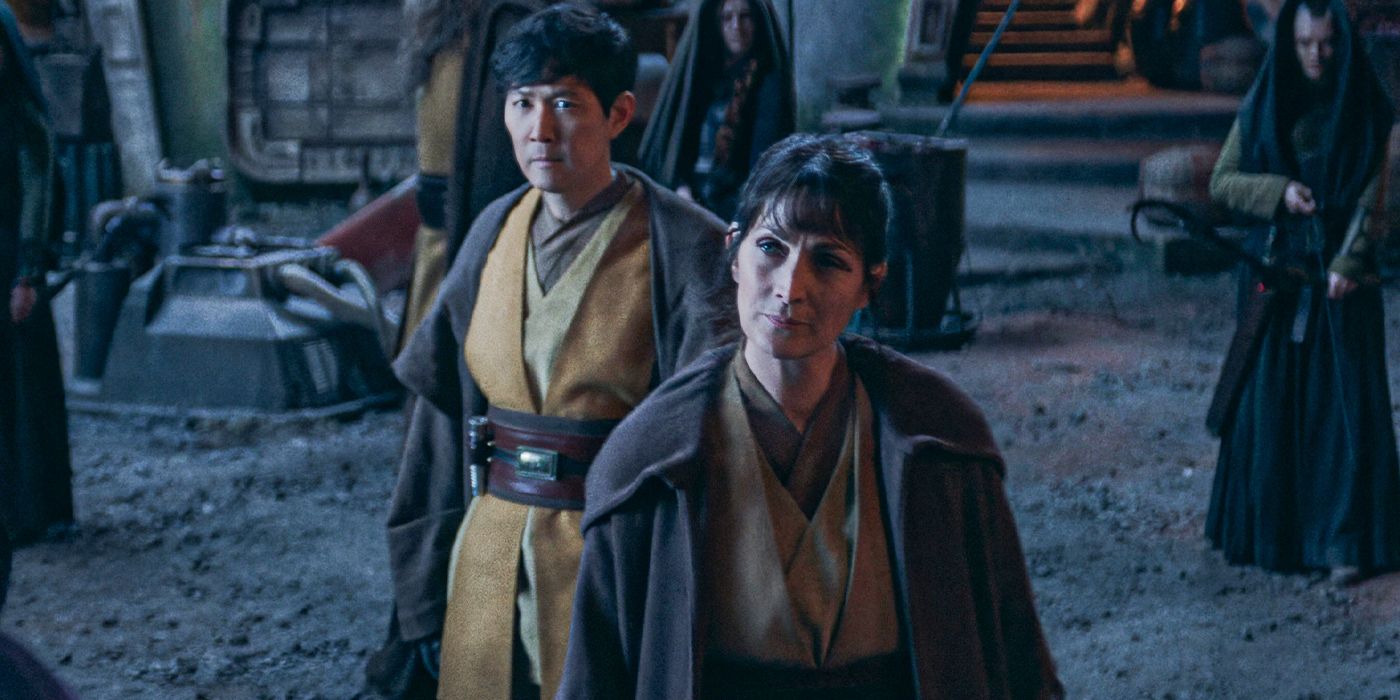
Related
‘The Acolyte’ Challenges Everything We Think We Know About the Jedi
‘The Acolyte’ presents the Jedi from a completely different point of view.
The Future of Star Wars Should Be Focused on Representation and Inclusivity
Thankfully, the most recent installments in the Star Wars universe have built upon the franchise’s contemporary legacy by including more representative storylines in an age of digital hate. The lesbian relationship between Vel Sartha (Faye Marsey) and Cinta Kaz (Varada Sethu) in Andor marks an important step forward for LGBTQ+ inclusion in Star Wars, as does the relationship between Osha and Mae’s mothers in The Acolyte. Likewise, Kelly Marie Tran’s 2018 article in the New York Times demonstrates that performers can reclaim their stories by publicly disavowing those who only have the courage to tear others down in private, providing an inspiring example of how actors can stand up to Star Wars’ most toxic audience members.
As the bigoted campaigns against Obi-Wan Kenobi‘s Moses Ingram and The Acolyte prove, Star Wars’ online hate isn’t going away anytime soon. Therefore, it’s up to Star Wars creatives to boldly navigate the turbulent waters of the beloved franchise’s fandom. In a recent interview with the New York Times, Lucasfilm President Kathleen Kennedy herself acknowledged that women in Star Wars are often subject to audience attacks because of the franchise’s vocal male fanbase, as well as espousing her belief that “storytelling needs to be representative of all people.” This sentiment echoes the similar views of both Headland and director Sharmeen Obaid-Chinoy, who is set to helm Star Wars’ upcoming solo Rey film. In an interview with Variety, Chinoy expressed her appreciation for the franchise’s passionate fan base, but she also acknowledged it’s best for her to “drown out those voices” in order to tell her stories.
This delicate balance between creating Star Wars content and maneuvering around its most toxic elements highlights one of the most difficult struggles facing the franchise today. The most vocal viewers of the franchise wield the power of the internet in order to push a bigoted agenda that originates from the prejudices of an earlier time, while mainstream Star Wars content has grown to produce meaningful narratives while being bogged down by hate in the background. Opinions about Star Wars have grown so loud because both sides are vying for rhetorical victory, but at the end of the day, these controversies are unnecessary. True fans understand that the Star Wars universe is a sci-fi wonderland where anything can happen and anyone belongs, and the future looks bright for those who have already opened up their minds to the compassion that all audience members should have learned a long time ago.
The Acolyte is currently streaming on Disney+ in the U.S. New episodes air every Tuesday.




